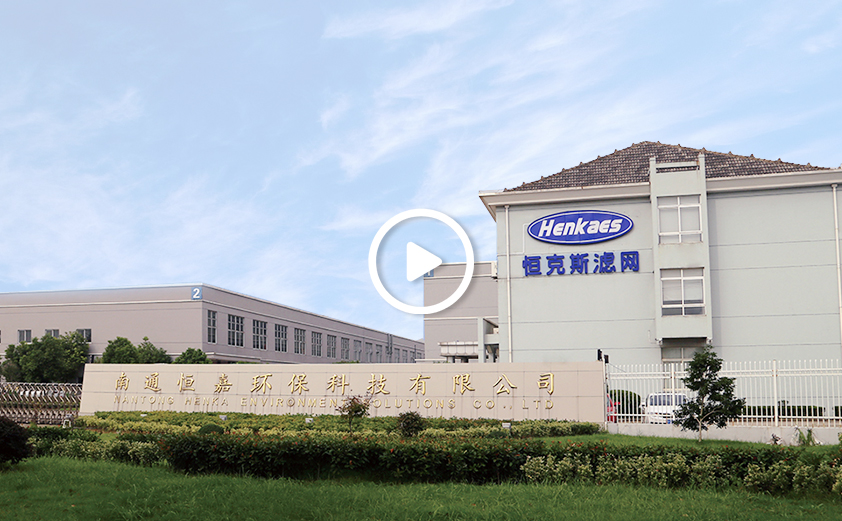How does the fresh air system air filter introduce fresh outdoor air into the room?The process of introducing fresh outdoor air into the room through the
fresh air system air filter usually includes the following steps:
1. Inhalation of outdoor air: The fresh air system inhales outdoor air through the air inlets installed on the exterior walls or windows of the building.
2. Filtration and purification: The inhaled outdoor air first passes through the air filter of the fresh air system. The filter will remove particles, pollutants, bacteria, viruses, etc. in the air.
3. Heat exchange: In some high-efficiency fresh air systems, there will be a heat exchanger, which can recycle the heat or cold in the indoor air while introducing outdoor air, thereby reducing energy consumption.
4. Adjust humidity: In some fresh air systems, a humidity regulator may also be included, which can adjust the humidity of the indoor air to adapt to the indoor environment.
5. Distribute air: Filtered and treated air is distributed to various rooms in the interior through a system of ducts.
6. Exhaust polluted air: The fresh air system discharges indoor polluted air to the outside through another set of pipes, or achieves natural convection of indoor air through positive and negative pressure differences.
7. Circulation and balance: The fresh air system will continue to operate to ensure continuous renewal and quality of indoor air.
8. Intelligent control: Modern fresh air systems are usually equipped with intelligent control systems that can automatically adjust operating modes based on indoor and outdoor air quality, humidity, temperature and other parameters.
9. Maintenance and cleaning: In order to maintain the effectiveness of the fresh air system, air filters need to be replaced or cleaned regularly, as well as system maintenance.
How is the air filter of the fresh air system filtered and purified?Fresh air system air filters improve indoor air quality through a variety of filtration and purification technologies. Here are some common filtration and purification methods:
1. Mechanical filtration:
- Use physical barriers (such as fibers, synthetic materials or wire mesh) to intercept airborne particles. The smaller the pore size of the filter, the better the filtration effect.
2. HEPA filtration:
- High-efficiency particulate air (HEPA) filters remove at least 99.97% of particles 0.3 microns and above, including bacteria, viruses and fine particles.
3. Activated carbon filtration:
- Activated carbon has strong adsorption capacity and can effectively remove harmful gases, odors and volatile organic compounds (VOCs) in the air.
4. Electronic air purifier:
- Use electric field or ionization technology to charge particles in the air, and then absorb the charged particles through a dust collector.
5. Photocatalytic oxidation (PCO):
- Use ultraviolet light to illuminate a plate or tube coated with a photocatalyst to decompose harmful gases and organic pollutants in the air.
6. Media combination filter:
- Combine one or more of the above filter media to improve filtration and purification effects.
7. Heat exchanger:
- While introducing outdoor air, it recovers the heat or cold in the indoor air and reduces energy consumption.
8. Humidity adjustment:
- Control the humidity of the air introduced into the room through a humidifier to adapt to the indoor environment.
9. Ultraviolet (UV) disinfection:
- Use UV light to kill bacteria, viruses and other microorganisms in the air.
10. Negative ion generator:
- Releases negative ions, making particles in the air negatively charged and aggregated into larger particles, making them easier to filter.

 English
English русский
русский Español
Español 简体中文
简体中文



















